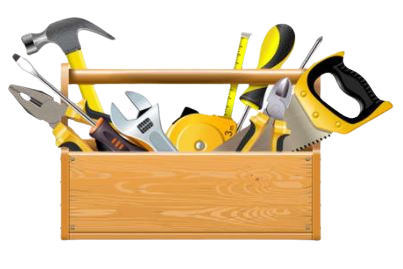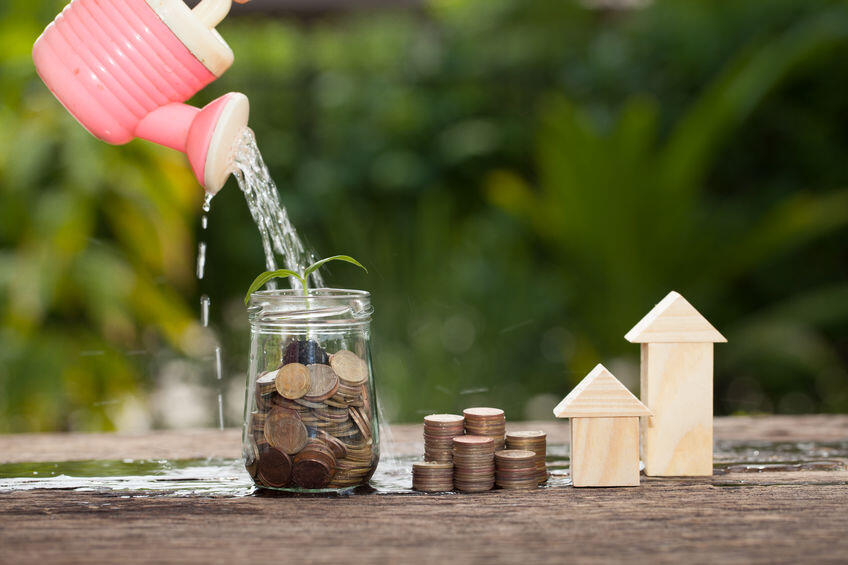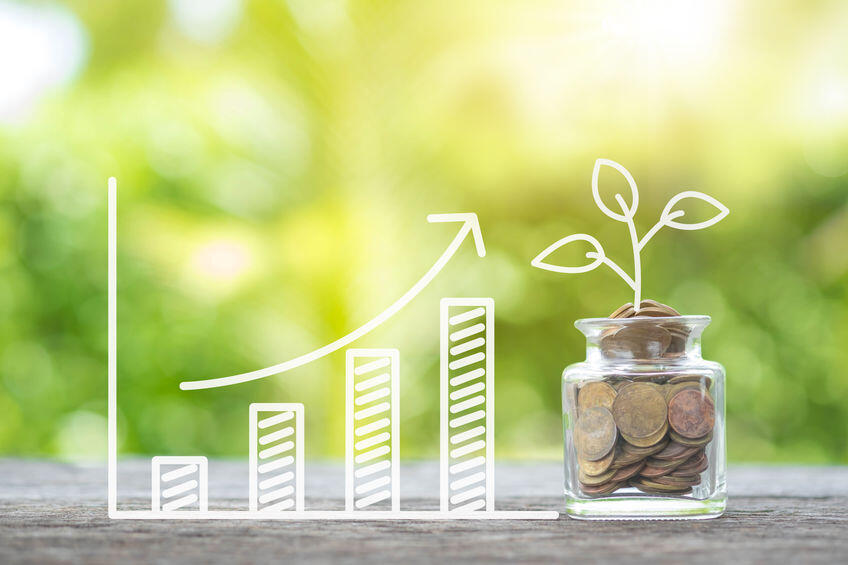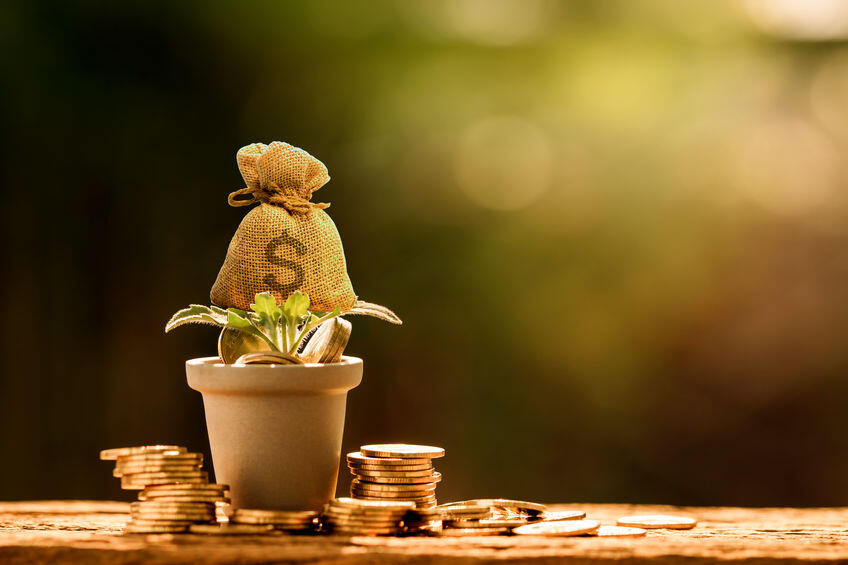Investment Property Tips
Investment property refers to any residential or commercial property bought with the intent of making a profit. This gain might be attributed to rent collected from either long-term or short-term renters. Profits from the property’s eventual sale are still another potential. These are two things that are important to most property investors.
Real estate investments are often made to amass wealth and generate passive income. This means that the criteria for a suitable investment property may differ dramatically from those used to pick a home for personal occupancy. There is potential for profit in real estate investments, but only if the investor is well-informed and acts rationally to maximize returns.
Consider the following elements, all of which may contribute to the success of your investment.
Expansion of the Economy
The word “capital growth” is used to describe an asset’s increase in value over time. Investigate the median sale price of homes in the area surrounding the property you’re thinking of buying to get a sense of the area’s growth potential. Is there proof that it has expanded during the past few years?
Using our property market research tool, you may gain a sense of the pace of appreciation in potential areas. It includes information about Australian suburbs such as historical sales figures, demographic breakdowns, descriptions of the area schools, and typical rental costs.
Long-term capital gains (the money you get from a property’s worth increasing over time) may be estimated with the help of the information provided here.
Renting viability and interest
Investing in rental properties is a typical tactic since the revenue generated may be used to defray investment costs. Finding places with strong rental demand and revenue is essential when determining a property’s financial viability.
A property’s rental yield may be calculated by taking its annual rental revenue and subtracting its annual maintenance costs. The mortgage isn’t the only expense associated with house ownership; there are also taxes, insurance, maintenance, and strata fees to consider. Your rental income should cover at least some of these costs.
The vacancy rates, average rental yield, median weekly rent, and projected growth rate of similar properties, as well as the types of homes that are in high demand among renters, might all be useful pieces of information to have on hand.
Gross and net rental yield estimates are feasible. Gross rental yield is found by dividing the total value of the property by the expected annual rent.
$26,000 ($500 x 52) / $500,000 = 0.052 x 100 = 5.2%
Net rental yield differs from gross rental yield in that it accounts for costs such as council taxes, strata levies, property management fees, depreciation, insurance, and more.
$1,200 in advice ($300 times 4 people equals $1,200)
Fees are $2,000 a year ($500 x 4 = $2,000).
$520 per month for a rental home.
The yearly premium for homeowner’s insurance is $1,200.
With a monthly rent of $500, the property would bring in $26,000 after expenses. – $4,920 / $500,000 = 0.042 x 100 = 4.2%
Keep in mind that this doesn’t include home loan payments, which may be approximated using our repayment calculator and may differ based on your individual circumstances. In addition, the aforementioned sum is illustrative purposes only and in no way represents the actual costs associated with maintaining a property. Estimates and prices are subject to change based on your specific needs.
Location
The traditional adage about the value of a property’s location remains true not only for its inhabitants, but also for its potential purchasers. Think at the rental market from the perspective of a potential tenant. Locations that are convenient for tenants in terms of access to public transit, schools, and staples like supermarkets and coffee shops are more likely to be rented.
In more broad terms, a neighbourhood’s safety and overall environment are also key elements for figuring out its development potential. If, for instance, there are large-scale infrastructure projects in the region, more jobs may become available in the community, which would make the property more desirable and boost its value.
Type of Property
Your financial condition is the most important factor in determining whether a house or an apartment is a better investment for you, but the property’s kind and location are also important considerations.
Tenants in a family-friendly area, for instance, are more likely to choose a house with a backyard than a studio. In the same way, there may be increased interest in renting a contemporary apartment in areas with a high concentration of college students. When choosing a choice, it is essential to consider the demographics of the surrounding area.
Houses have higher average rental rates, maintenance requirements, and purchase and insurance expenses than flats do, but they also appreciate at a faster pace over time. Condominiums are a good alternative to single-family homes since they require less maintenance and have lower starting costs.
Strata fees are only one of many recurring maintenance expenditures that should be taken into account when deciding whether to invest in a house or an apartment.
The Age of the Building
A cost-benefit analysis should take this into consideration. You shouldn’t buy a house if you know it will place a strain on your finances every month from maintenance costs and the like.
Properties that are several decades old may require more care than newer ones, but this may vary depending on the state they are in. Have a specialist inspect the building and its surrounding area for bugs before you sign any paperwork.
You may feel prepared to tackle a property that needs only cosmetic repair if you have saved up enough money for remodelling. It may not be worthwhile, however, if substantial maintenance is needed. Your budget will also be affected by the property’s age because of the depreciation schedule. The depreciation in value of your investment property and its fixtures (furniture, carpets, etc.) over time may entitle you to tax deductions1.
Factors Relating to the Location
No matter what you do with this house, someone else is going to move in. Now, consider the things that people often look for. Garages, extra bathrooms, and home offices are all wonderful ways to increase rental revenue. The structure and layout of the land are also major factors. Is it built with the needs of everyday people in mind? How bright is it beside the window? These are the kinds of things that tenants look for, so you should give them some thought.
Since you may have seen that many of these factors are interrelated (the property’s location and age, for example, will both effect its potential for appreciation), you should give careful thought to them all before making a final decision.
After you’ve done your research and are ready to invest, a Home Finance Manager will get back to you with details regarding our current investor home loan rates.


















